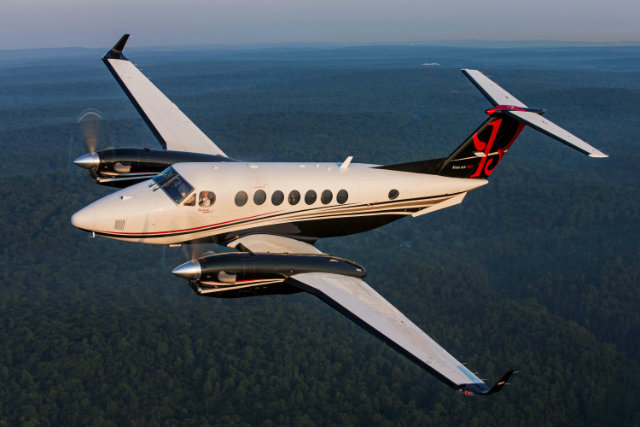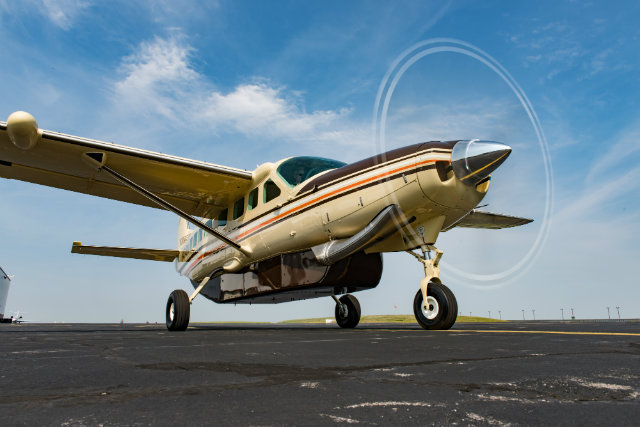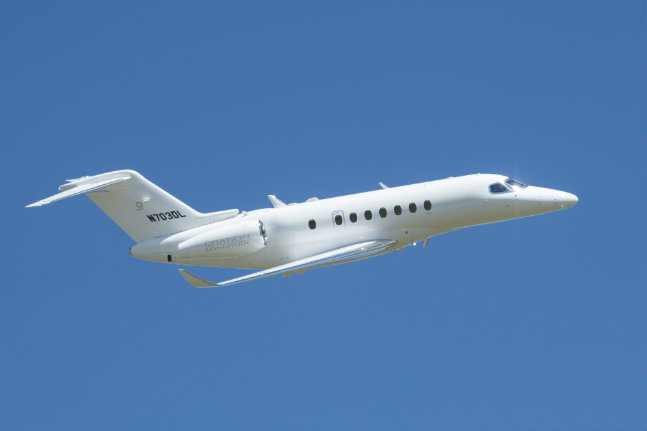Continued weakness in the turboprop market between April and June contributed to a $25 million fall in revenues for Textron Aviation, to $1.17 billion. However, the slide was partially offset by higher business jet deliveries and firmer pricing on new aircraft.
According to second-quarter financial results issued by parent company Textron on 19 July, the Wichita-based airframer delivered 46 new Cessna Citation jets, compared with 45 during the same period last year. Beechcraft King Air turboprop shipments fell by four units over the same period, to 19 aircraft.

Textron Aviation
Speaking on an earnings call, Textron chief executive Scott Donnelly described the stuttering turboprop market as “the biggest drag” for the company. Although the rate of decline has slowed considerably compared with the first quarter, when King Air deliveries tumbled by more than 50% year-on-year, the segment is still a poor performer.
Donnelly blames this on the “tough” international marketplace, where fragile economies and unfavourable currency exchange rates are making Textron products more expensive, forcing potential buyers to delay their purchases. “These [two] factors are putting pressure on King Air and Caravan sales,” says Donnelly, although he declines to provide a second-quarter delivery total for the single-engined Caravan family.
While he accepts this is “just the nature of the international market”, Donnelly says Textron is sticking to its firm line on pricing to maintain the profitability of both turboprop lines – even if this results in lower production output.
“There is no need to change our strategy. We will keep selling hard,” says Donnelly.

Textron Aviation
That said, Textron is unlikely to match the 2016 delivery total of 106 King Air 350i/ER, 250 and C90GTx aircraft this year, he concedes. “We will need to see a material increase in volume in Q3 and Q4 to get to where we would like to be on King Airs,” says Donnelly.
Textron is adopting a similar pricing approach with its Citation business jet family. “We are willing to hold pricing steady at the expense of some volume,” he says.
The USA is the main market for the seven-strong Citation line-up, although many potential buyers are delaying their purchases until Congress tackles tax reform. Donnelly says: “People largely feel this will help to stimulate the economy, drive some GDP, and improve their business outlook, which would give them more confidence to do capital expenditures on things like business jets.”

Textron Aviation
Textron is “pretty confident” about the prospects for its flagship Longitude business jet, which is scheduled to enter service later this year. While it has sold a few of the super-midsize twins, Donnelly does not expect to see much order activity until demonstration flights of the first fully equipped, production-conforming aircraft begin later in the third quarter. “From a performance and pricing standpoint, we are in a good place. We will see how it plays through the balance of the year,” he says.
Source: Flight International


























